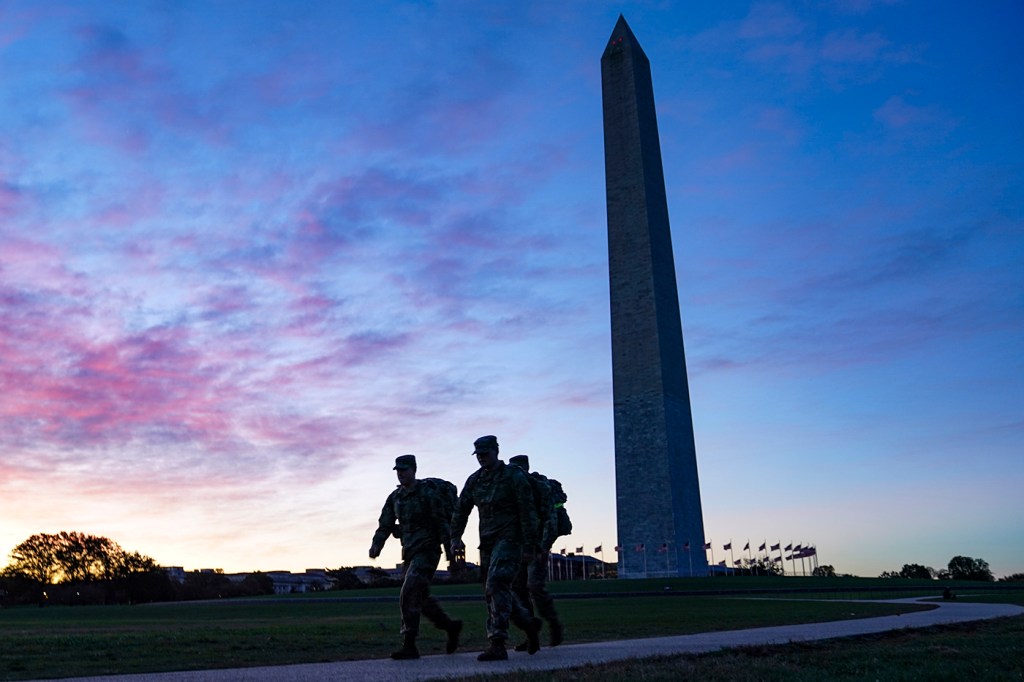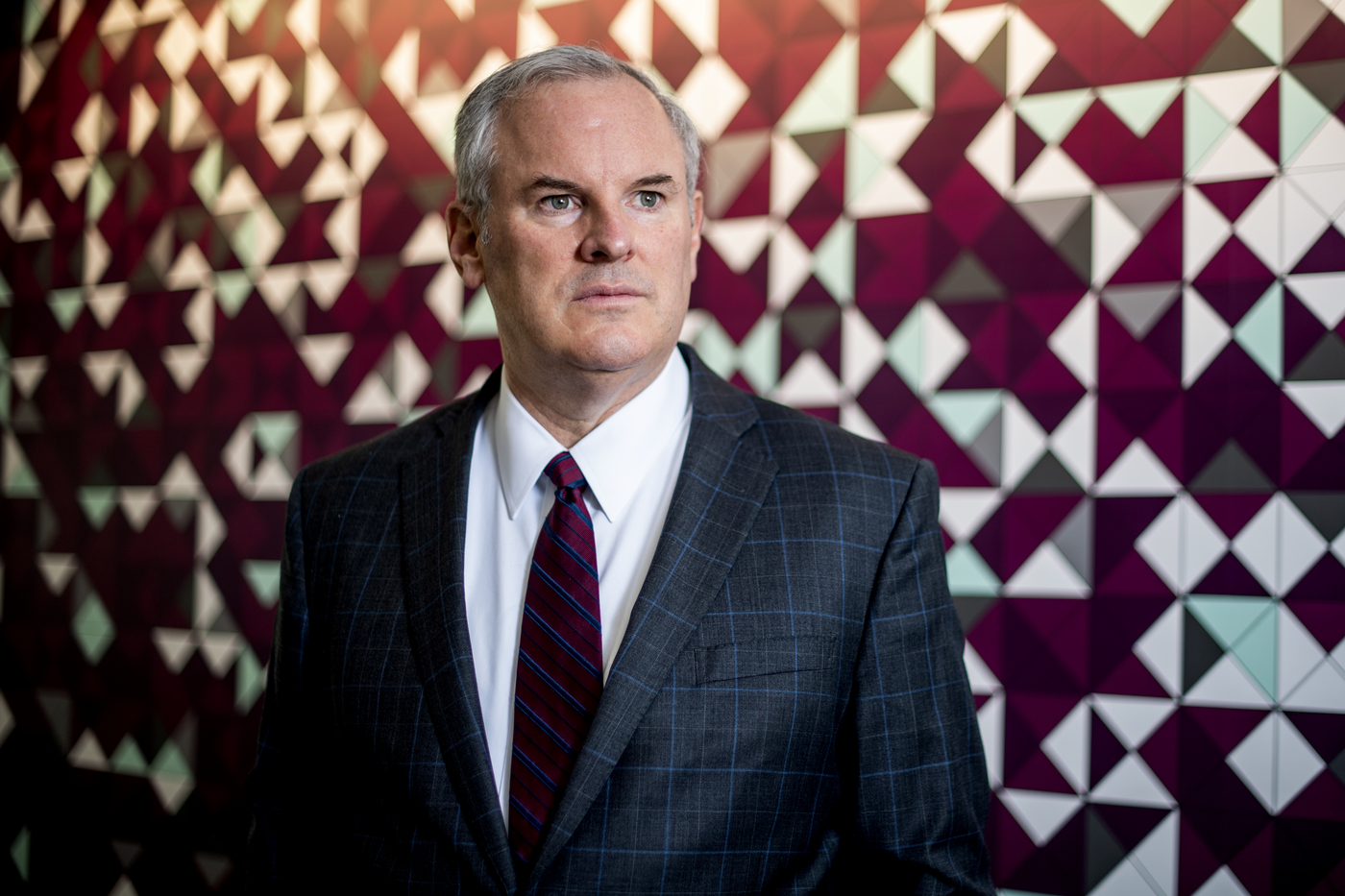Here’s why the US military can’t be asked to distribute a COVID-19 vaccine

When a COVID-19 vaccine is ready, President Donald Trump has said, the U.S. military will deliver doses throughout the country at a rate of “200,000 a day.”
But that plan fails to account for military limitations as well as the impact of the pandemic, says Stephen Flynn, founding director of the Global Resilience Institute at Northeastern, who served as a national security and Homeland Security advisor to four presidential administrations on both sides of the aisle.

Photo by Matthew Modoono/Northeastern University
“It’s not going to work well,” Flynn says of relying on the military to dispense a vaccine. “And here’s why: There is a last-mile problem.”
Flynn believes the armed forces could help transport a vaccine to regions of the country, and the National Guard could be mobilized to bring it to cities and towns—but the military lacks the capability to distribute it within communities.
“This is all local heavy lifting,” Flynn says. “We have to invest in the capacity at the local level.”
In all, 53 vaccines are undergoing clinical trials on humans, including one produced by Pfizer and BioNTech that proved better than 90 percent effective in a clinical trial, and another by Moderna that proved better than 94.5 percent effective in a clinical trial.
Flynn is looking to the incoming administration of President-elect Joe Biden, who will be inaugurated on Jan. 20, to provide the funding and leadership for mobilizing a locally-based infrastructure to help dispense a vaccine as quickly and efficiently as possible.
“The vaccine is probably not going to be available in terms of any big numbers by January, so it could be that we have some time to deal with this,” Flynn says. “But Congress needs to get on it. You need national leadership and a lot of resources directed to states and municipalities, and then it can be done.”
At least 10.4 million people in the U.S. have contracted COVID-19, more than 241,000 have died of it, and those numbers have been spiking in recent weeks. The pandemic has taken a huge toll on the U.S. healthcare system, as well as on state and local governments.
“The public health system is in worse shape in many communities than it was eight months ago because of the COVID-19 emergency,” Flynn says. “Municipal budgets are being drained by the demands of the COVID response. It’s a very serious issue. The local capacity [to administer a vaccine] needs to be identified and energized, and that support has been dramatically missing in the administration’s response to this crisis.”
Military leaders have acknowledged that their forces will play a limited role in distributing a vaccine.
“The overwhelming majority of Americans will get a vaccine that no federal employee, including the Department of Defense, has touched,” said Paul Mango, the deputy chief of staff for policy at the Department of Health and Human Services, in a statement to the defense department news service.
A national plan that integrates all levels of government will be mandatory, insists Flynn.
“It has got to be locally baked,” Flynn says. “We really need to step up our game if this is going to move quickly.”
For media inquiries, please contact Mike Woeste at m.woeste@northeastern.edu or 617-373-5718.






